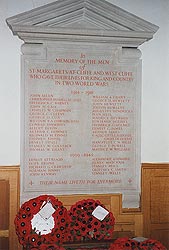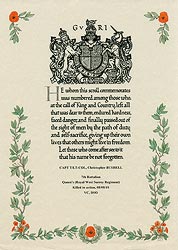Lieutenant Colonel Christopher Bushell VC DSO
7th Bn The Queen's (Royal West Surrey) Regiment
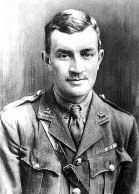 |
| Lieutenant Colonel Christopher Bushell VC, DSO |
Born at Neston, Cheshire, on 31st October 1888, Christopher Bushell was later educated at Rugby and Corpus Christie College, Oxford. He was called to the Bar and joined the Special Reserve of the 1st Battalion of the Regiment in 1912. He went to France with the original Expeditionary Force in 1914.
On 23rd March 1918, at St Quentin he personally led “C” Company of his battalion, who were co-operating with an Allied Regiment, in a counter attack in the face of very heavy machine-gun fire. Although wounded in the head he carried on until his troops were established in a sound position. Under heavy fire he visited all parts of the line, exhorting troops to remain where they were, until he was removed to the dressing station in a fainting condition.
On 8th August 1918, while serving as Commanding Officer of the 7th Queen’s, he was killed at Morlancourt and was buried at Querrieu British Cemetery, France. His widow received his Victoria Cross from HM King George V at Buckingham Palace on 11th May 1919.
His Citation reads:-
 |
| Enlarge image |
“For most conspicuous bravery and devotion to duty when in command of his battalion. Lieut-Colonel Bushell personally led ‘C’ Company of his battalion, who were cooperating with an Allied Regiment in a counter-attack, in face of very heavy machine-gun fire. In the course of this attack he was severely wounded in the head, but he continued to carry on, walking in front of both English and Allied troops, encouraging and re-organising them. He refused even to have his wound attended to until he had placed the whole line in a sound position and formed a defensive flank to meet a turning movement by the enemy. He then went to Brigade Headquarters and reported the situation, had his wound dressed and returned to the firing line, which had come back a short distance. He visited every portion of the line, both English and Allied, in face of terrific machine-gun and rifle fire, exhorting the troops to remain where they were and to kill the enemy. In spite of the wounds, this gallant officer refused to go to the rear, and eventually had to be removed to the dressing station in a fainting condition. To the magnificent example of energy, devotion and courage shown by their Commanding Officer is attributed the fine spirit displayed and the keen fight put up by his battalion, not only on the day in question, but on each succeeding day of the withdrawal”.
Date of Act of Bravery |
London Gazette |
Note - the Citation in the London Gazette does not disclose the date of Act of Bravery. Other primary sources confirm the date to be 23/03/1918

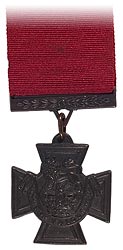

On
27th April 2003 the family of Lieutenant Colonel Bushell met
in the Museum at Clandon,
where Mr Andrew Maclehose on behalf
of the family handed over the Victoria Cross,
Distingushed
Service Order and campaign medals of his grandfather to the
Chairman of the Trustees of the Museum.
| Enlarge Image | Enlarge Image |
| The Memorial to the men of St Margarets-at-Cliffe |
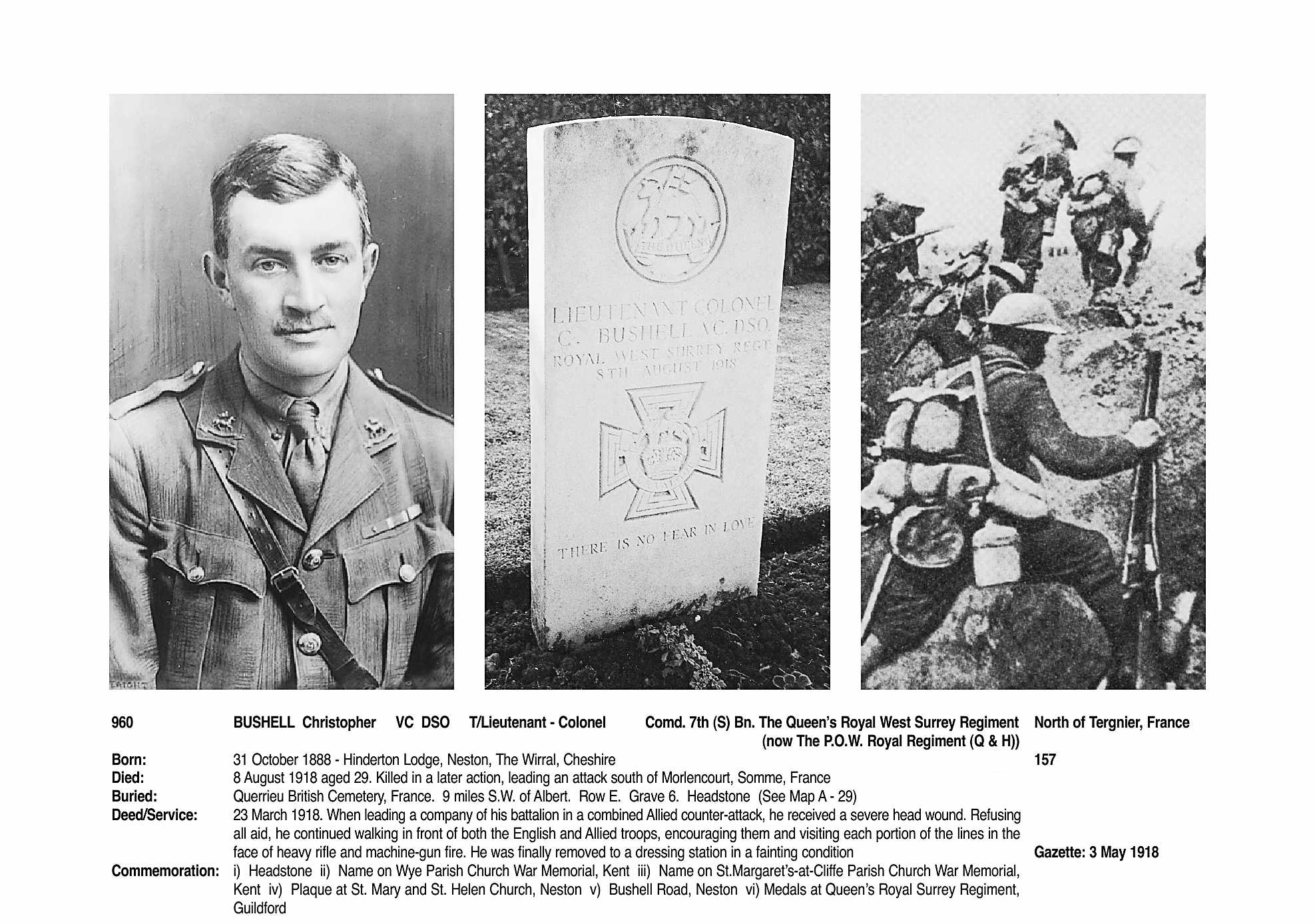
(Click image to view enlarged)
Related Links
External websites:
